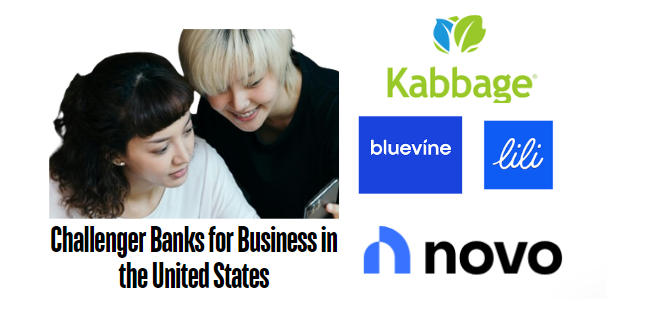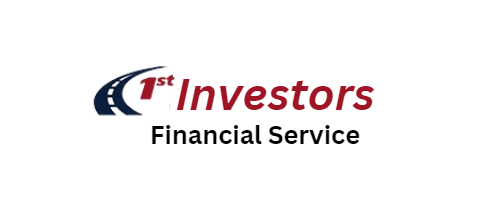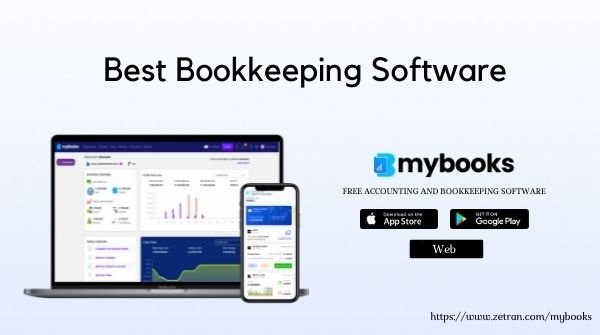
Challenger Banks for Business in the United States
In recent years, the financial landscape has significantly transformed, particularly with the rise of challenger banks. These digital-first banks have emerged as formidable competitors to traditional banking institutions, especially for businesses seeking innovative and efficient solutions. This article will explore the concept of challenger banks, and their growth in the U.S. market, and ultimately answer the question: How many challenger banks for business are there in the United States?
Examples of Challenger Banks for Business in the United States?
Here are some prominent examples of challenger banks in the United States, highlighting their unique features and benefits:
1. Brex
Brex is a notable player in the realm of challenger banks tailored for businesses. Founded in 2017, Brex primarily targets startups and tech companies by offering a corporate card that eliminates personal guarantees and credit checks. Instead, Brex assesses creditworthiness based on business cash flow and other metrics.
One of Brex’s standout features is its expense management system integrated directly into its platform. This allows businesses to manage spending effortlessly while providing real-time insights into expenses. Additionally, Brex offers rewards tailored to specific industries; for example, tech companies can earn higher rewards on software subscriptions.
Brex also provides a suite of financial tools beyond just banking services. Businesses can access cash management accounts that yield interest on deposits while allowing easy transfers between accounts. The platform’s user-friendly interface makes it easy for teams to collaborate on budgeting and expense tracking.
2. Novo
Novo is another challenger bank making waves among small businesses and entrepreneurs in the U.S. Launched in 2018, Novo focuses on providing an intuitive banking experience without the fees typically associated with traditional banks.
A business checking account from Novo has no fees, minimum balance limitations, and limitless transactions. This flexibility is especially desirable for companies that want to keep expenses as low as possible as they expand. Additionally, the bank easily interfaces with Xero and QuickBooks, among other accounting programs, making financial administration for company owners easier.
A unique feature of Novo is its ability to create sub-accounts within the main account, allowing businesses to allocate funds for specific purposes—such as taxes or future investments—without needing separate bank accounts. Additionally, Novo provides access to a network of ATMs across the country at no charge.
3. Oxygen
Oxygen markets itself as a cutting-edge banking option made especially for independent contractors and small company owners. It intends to empower business owners by providing resources to enable them to handle their money more skillfully after its 2020 debut.
Through the Oxygen mobile app, customers may easily start an account with no minimum balance requirements or monthly fees. One of its main advantages is that it uses artificial intelligence (AI) to automatically classify costs, making it simple for users to track their spending patterns.
Additionally, Oxygen gives customers a debit card that gives cashback credits on transactions made via their platform, which is a big benefit for small company owners who have to make operational purchases regularly.
4. BlueVine
BlueVine stands out as a versatile challenger bank catering primarily to small businesses seeking both banking services and financing options. Established in 2013, BlueVine offers business checking accounts with high interest rates compared to traditional banks.
One of BlueVine’s most attractive features is its line of credit service that allows businesses quick access to funds when needed—ideal for managing cash flow fluctuations or unexpected expenses. The application process is straightforward and can be completed online within minutes.
Additionally, BlueVine provides invoice factoring services where businesses can receive immediate payment on outstanding invoices rather than waiting for customers to pay them back over time—a crucial service for maintaining liquidity in fast-paced environments.
5. Chime
While primarily known as a consumer-focused neobank, Chime has begun expanding its offerings toward small businesses as well. Founded in 2013, Chime operates without physical branches but provides robust online banking solutions through its app-based platform.
Chime’s business checking account features include no monthly fees or minimum balance requirements alongside early direct deposit capabilities—allowing businesses faster access to funds from clients or payrolls than traditional banks would offer.
Furthermore, Chime emphasizes savings through automatic round-ups on transactions; this means every purchase made can contribute towards savings goals effortlessly—a feature beneficial not only for personal finance but also applicable within small business contexts when managing operational budgets effectively.
The Rise of Challenger Banks in the U.S.
In the US, challenger banks have become more prevalent due in large part to the growth of fintech startups. These banks have become more popular among both individual customers and corporations as a result of technological improvements and shifting consumer preferences toward digital solutions.
Challenger banks frequently target small and medium-sized businesses (SMEs) who may feel mistreated by conventional banks. Essential services they offer include no monthly fees for business accounts, simple access to credit lines and loans, and sophisticated analytics tools to assist firms in better managing their money.
Current Landscape of Challenger Banks for Businesses
As of October 2023, there is a growing number of challenger banks operating specifically for business customers in the United States. The exact number can fluctuate due to new entrants into the market or mergers and acquisitions; however, estimates suggest that approximately 30-40 prominent challenger banks are catering to business clients.
Key Players in the Market
1. Brex: Catering mostly to start-ups and IT firms, Brex provides business cards devoid of personal guarantees and effortlessly works with accounting software.
2. Novo: This user-friendly smartphone software, which offers free transfers and no monthly fees, is geared toward independent contractors and small enterprises.
3. BlueVine: renowned for its lines of credit designed specifically for small businesses and its high-interest business checking accounts.
4. Lili: Specifically created for independent contractors and business owners, Lili integrates banking functions with capabilities for monitoring expenses.
5. Kabbage: Best recognized for its lending platform in the past, this company also provides a corporate checking account with exclusive cash flow analysis.
These examples represent a small portion of the expanding network of challenger banks that are accessible to American companies.
Benefits of Using Challenger Banks
Challenger banks offer several advantages over traditional banking options:
- Lower Fees: Many challenger banks do not charge monthly maintenance fees or require minimum balances.
- User-Friendly Technology: Their platforms are designed with user experience in mind—offering intuitive interfaces that simplify banking tasks.
- Faster Services: From account setup to loan approvals, processes tend to be quicker than those at traditional institutions.
- Innovative Features: Many challenger banks provide unique tools such as automated bookkeeping integrations or cash flow forecasting.
Challenges Faced by Challenger Banks
Despite their advantages, challenger banks also face challenges:
- Regulatory Scrutiny: As they grow larger or expand their offerings (like lending), they may encounter increased regulatory oversight.
- Trust Issues: Some potential customers may hesitate to switch from established institutions due to concerns about security or reliability.
- Limited Offerings: While many focus on core banking functions well (like checking accounts), they might lack comprehensive services like investment products or wealth management.
While it is difficult to pinpoint an exact number due to constant changes within this dynamic sector, estimates indicate that there are approximately 30-40 challenger banks specifically targeting business clients in the United States as of October 2023. These institutions are reshaping how businesses interact with financial services by leveraging technology to offer better rates and improved customer experiences compared to traditional banking options.
As more entrepreneurs seek flexible banking solutions tailored to their needs—especially post-pandemic—the relevance of these digital-first challengers will likely continue growing within the American financial landscape.







